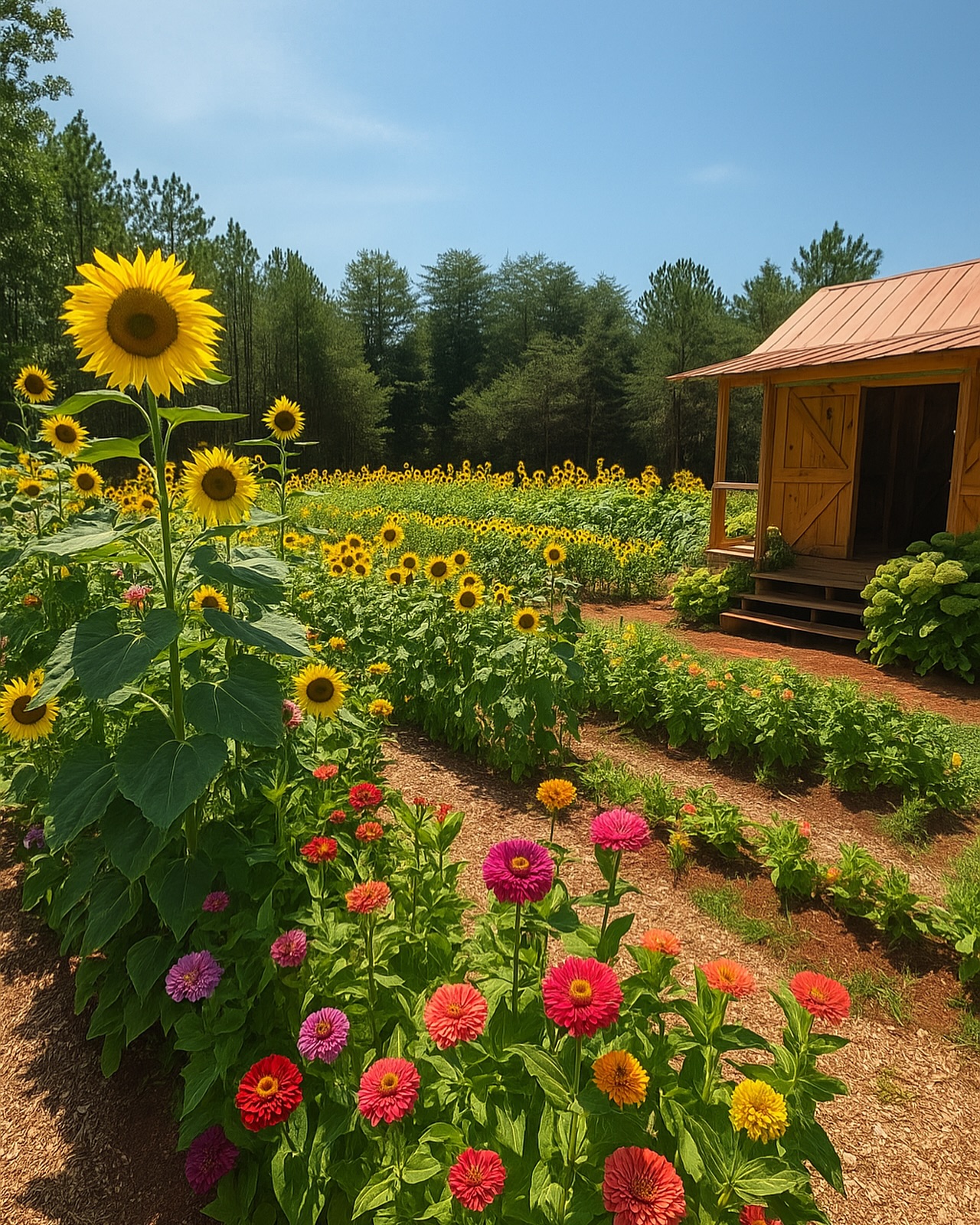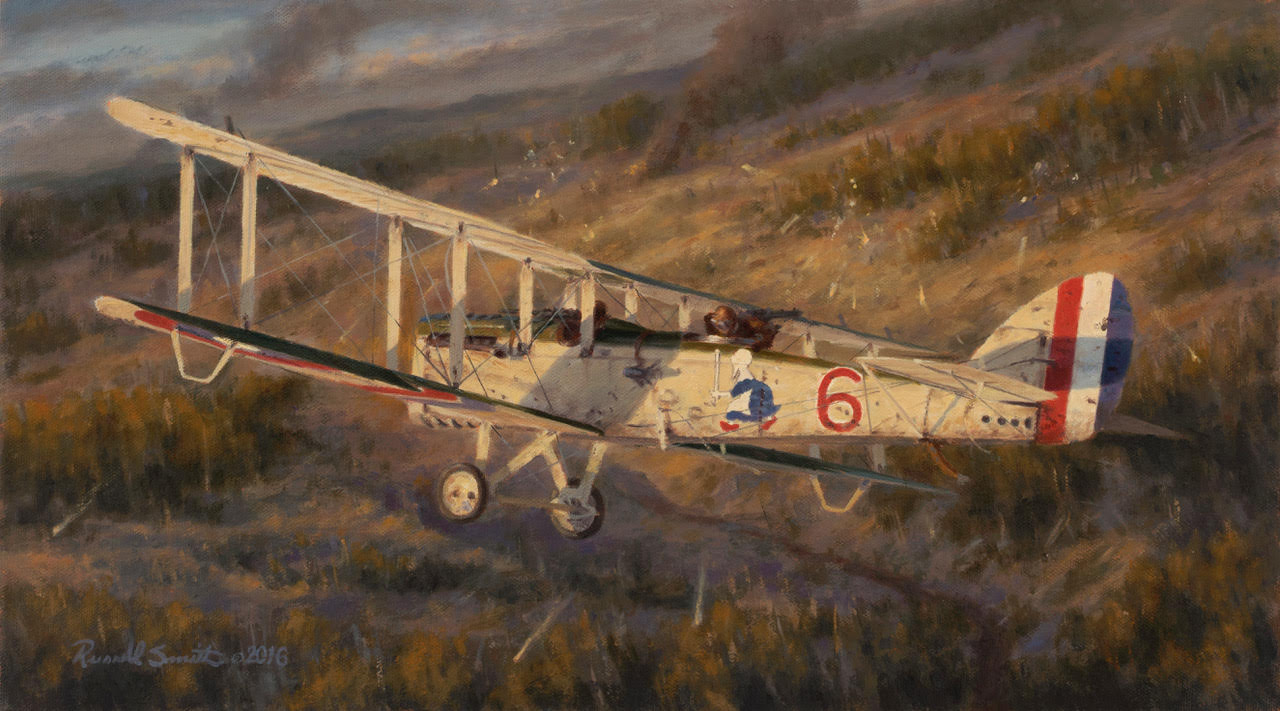English or house sparrows in Carolinas
Published 6:17 pm Friday, August 10, 2012
In an earlier column we talked about our native sparrows here in Western North Carolina.
Normally when you mention the word “sparrow,” most people think of the now familiar house or English sparrow. This much maligned, yet handsome bird was introduced into the U.S. between 1850 and 1870. By 1910, the house sparrow population had exploded and they had reached across the country as far as California. Nowadays they can be found almost anywhere in Canada, the United States and Mexico.
House sparrows are residents throughout the year here in the Carolinas, and their distribution is strongly associated with human habitation. They are found in agricultural, suburban and urban areas, but tend to avoid woodlands, deep forests, grasslands and deserts.
House sparrows are members of the Old World sparrows and snowfinches, a group of birds closely allied to the weaver finches of Asia and Africa.
The only other Old World sparrow found in the United States is the Eurasian Tree Sparrow, which was introduced into St. Louis in 1870. This close relative of the house sparrow has not expanded its range like its cousin, but is now a permanent resident in eastern Missouri and western Illinois. It is often found with the house sparrow, as well as mixing with the native species. Actually this area of the central U.S. is the only place in the world that you can see both the American tree and Eurasian tree sparrows in the same flock.
Because of its colonization of the American continent, the house sparrow has had a detrimental effect on several of the native species, the most popularly known being the eastern bluebird. Both the house sparrow and the similarly introduced European starling have out-competed with the native species for nest cavities. It has only been with human help that the eastern bluebird population has rebounded to what it is today.
Both sexes of the house sparrow are easy to recognize and are quite different from the native sparrows. Adult males are quite distinctive birds with a gray crown, black upper breast and throat, rufous back and sides to the neck and grayish underparts. Females are quite different and are fairly plain in coloration, being a gray brown with white in the wing and a prominent stripe above the eye. Their song is a series of chips and chattering with no particular melody or pattern.
Hate them or love them, the house sparrow is probably here to stay in the United Sates. Regardless of its impact on other species, this friendly bird is well worth a second look and should be a familiar species to all birders and non-birders alike.
Simon Thompson has lived in WNC for the past 20 years. He owns and operates his own birding tour company, Ventures Birding Tours. WWW.birdventures.com
He and Chris also own and operate the Asheville Wild Birds Unlimited Store. For more information on any of the birding activities in the area, drop by the store or check his website at www.asheville.wbu.com






